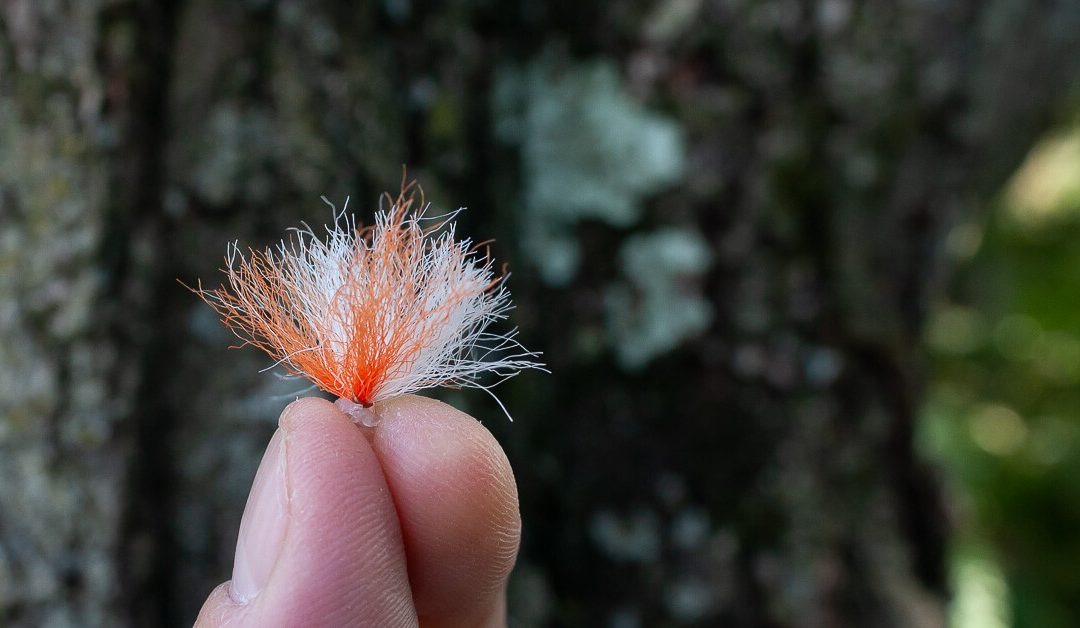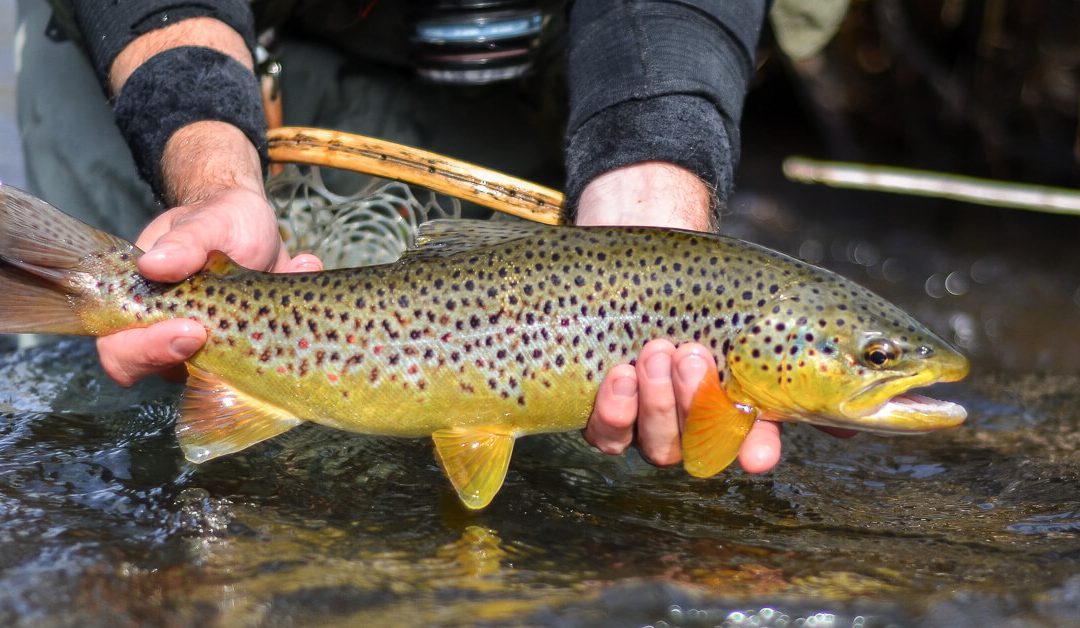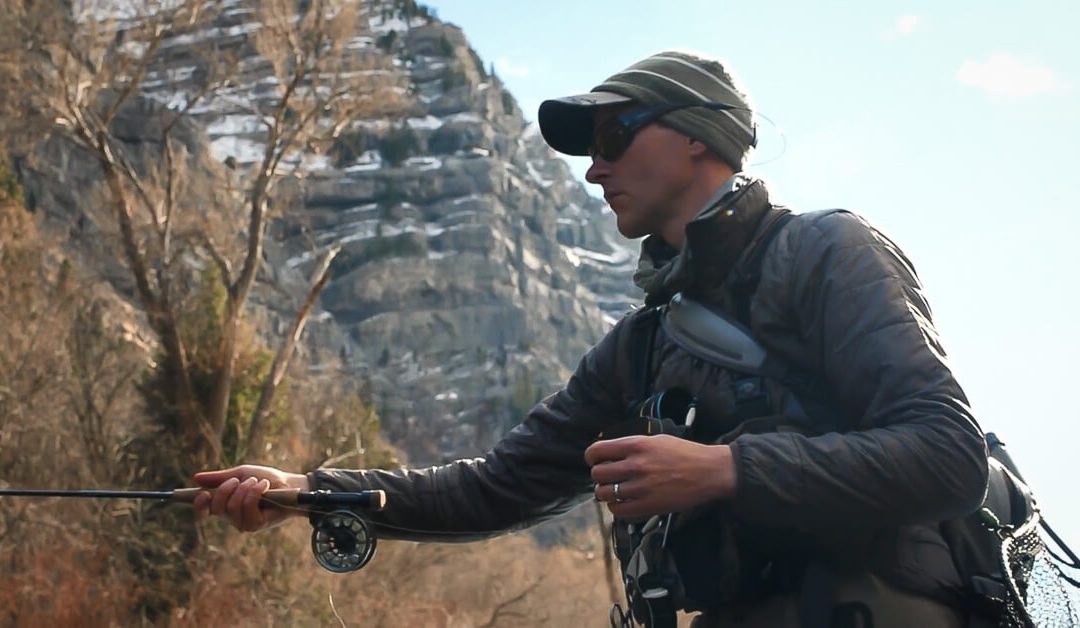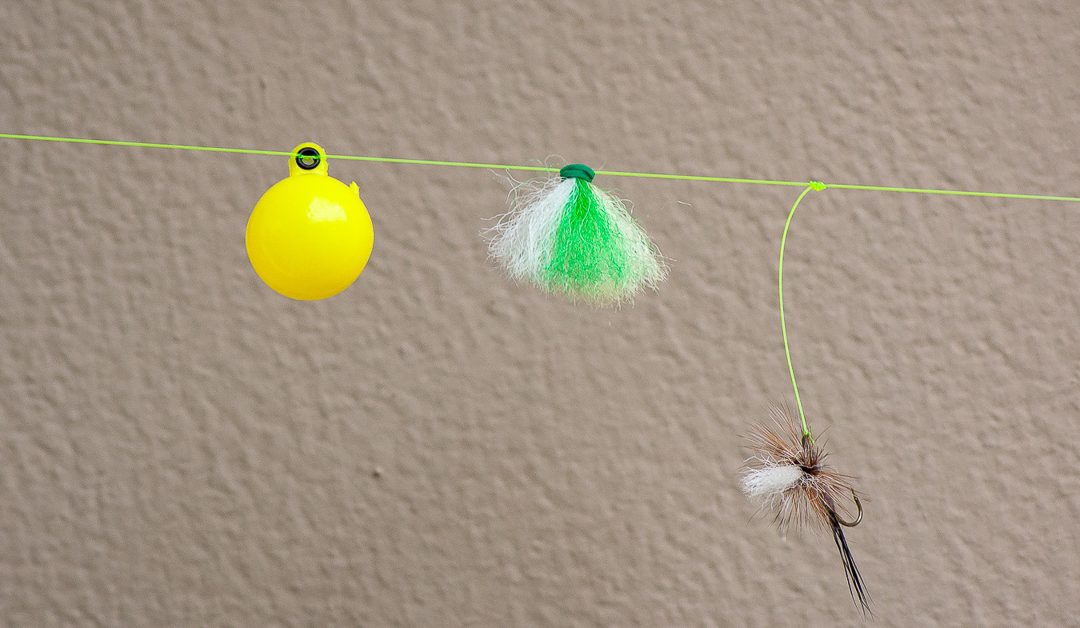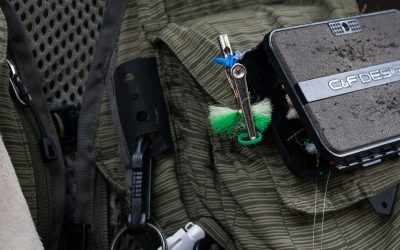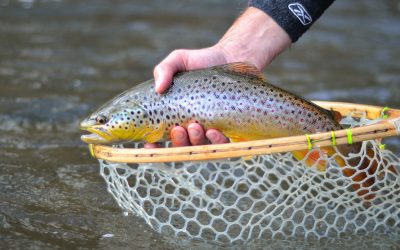Devin Olsen and Lance Egan have released Modern Nymphing Elevated. It’s a follow up to their excellent video from a couple years back, Modern Nymphing.
The subtitle for the latest video is “Beyond the Basics”, and that’s a good way to look at it. Elevated jumps right into the deep end from the beginning, so without taking a look at the first Modern Nymphing video (rom 2016) or without a very firm grasp of long leader techniques to begin with, the viewer may be a little lost. Elevated is more of an addendum — like added chapters to a book — than a standalone work. There’s no recap of the basics and no rehashing of leader formulas . Instead, Elevated is two hours of video dedicated to the nuances of long leader fly fishing. And that’s a good thing.
Elevated covers better casting, common drift mistakes, arm and rod positioning, managing the line and leader, sighter angles, strike detection, drift principles, stream positioning, approach, and many other in-depth elements that simply catch more fish.
Modern Nymphing Elevated begins to cover a lot of the variations to a Mono Rig that are possible.
